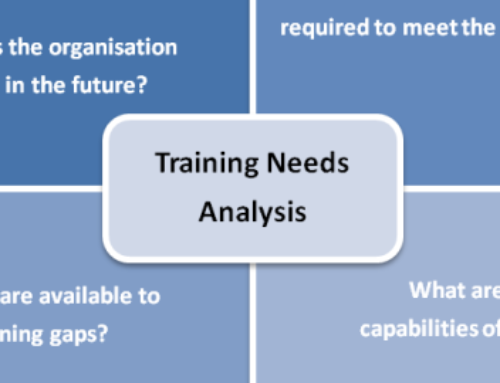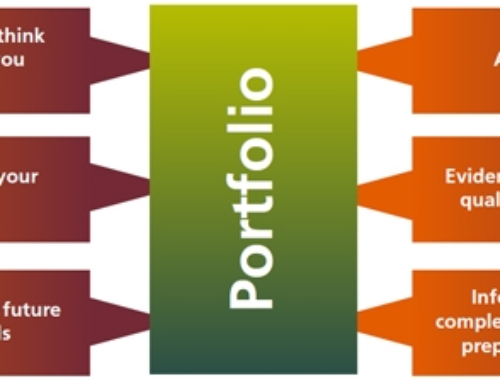Comparison of Motivational Models
To illustrate some broad generalizations one can make about integrating motivational constructs into the instructional design process, the following four models/frameworks here will provide the foundation for comparison and contrast of different motivational aspects (see Table 1). Although there are many more motivational theories that could be considered.
These models represent a serious attempt to bring theory into practice; an important process for instructional designers. This comparison is done at a surface level; providing a point-for-point, in-depth comparison is beyond the scope of this article.
Table 1 – Comparison of Four Models Concerning Motivation
|
ARCS (Keller) |
Time Continuum (Wlodkowski) |
Culturally Responsive Teaching (Wlodkowski) |
Taxonomy of Intrinsic Motivation (Malone & Lepper) |
|
• Attention – Obtaining and sustaining |
• Appeal – How stimulating is the learning? • Provide a variety of activities and different presentation techniques. |
• Provide optimally- challenging activities. • Change sensory conditions to arouse curiosity. |
|
|
• Relevance – Meet the needs of the learners. • State goals. |
• Value – Is the learning important? • State goals. • Continuing motivation – Use what the was learned outside the learning experience. |
• Establish the relationship of instruction to learner’s lives. • State goals. • Create an understanding that learners will learn about something that they want to learn about. • Develop attitude by ensuring personal relevance and choice. |
• State goals or allow goals to emerge. |
|
• Confidence – Develop an expectancy for success. |
• Use clear examples. • State criteria for evaluation. • Provide performance feedback. • Reduce or remove failure-causing components. |
• Establish inclusion of learner with teachers and other students. • Indicate and demonstrate your commitment to helping students learn. • Clearly state the rules and procedures of the class/course. |
• Provide an optimal level of challenge. • Provide performance feedback. |
|
• Satisfaction – How good do people feel about their accomplishments? • Give learners control over reaching goals that are intrinsically motivating. |
• Enhance meaning by creating challenging experiences that include learner’s values and perspectives. |
• Provide control over the learning environment |
|
|
• Use fantasy to help the student experience power, success, fame, and fortune. Also helps learners relate new learning to a past experience. |
As presented in this table, the four models/frameworks have a great deal of overlap. While semantics may differ and the degree of detail change, all models concur that getting and sustaining attention, relevance, competence, and satisfaction are important motivational constructs (as per the ARCS model). This is not to say the other models/frameworks are not unique and should be discarded. Each model presents unique insights that may not be apparent in the brief overview provided. Malone and Lepper’s Taxonomy, for example, discuss fantasy in great detail. This is an unknown component in all other models.
The Importance of Flow
In addition to several strong models/taxonomies concerning motivation and learning, the concept of flow must be examined. Flow is a term coined by M. Csikszentmihalyi (1990). It is a merging of the learners total attention with the task at hand such that all other sensory and cognitive distractions are invisible to the learner. In these cases, the learner’s attention is totally on the learning environment and it is very difficult to distract him/her. The learner is unaware of time passing, and may later remark on this. Flow may be described as an optimal motivating experience, where the learner is so immersed in his/her learning that everything except the learning environment conceptually disappears for a time.
Is flow possible to create in an online distance learning environment? Jones (1998) contends that it is possible to do so in educational games. He outlines eight criteria a learner must experience to achieve flow (see Table 2). As these criteria are broadly based, these are easily adopted to online distance learning environments:
Table 2 – Elements of Flow
Criteria |
Method |
|
1. Task can be completed. |
Scaffolded tasks that rest within the Zone of Proximal Development. |
|
2. Learners can concentrate on task. |
Reduce cognitive load on environmental operations and low-level cognitive tasks. |
|
3. Task has clear goals. |
Provide problems that are relevant to the learner and the content. |
|
4. Task provides immediate feedback. |
Environment is responsive to user interactions and reacts accordingly. Actions that are deemed positive by the designer are positively reinforced. Actions that are deemed negative by the designer are negatively reinforced. |
|
5. Deep (losing awareness of real environment & loss of real-world concerns) but effortless involvement in task. |
Relevance of task, smooth integration of tools and manipulation mechanisms into the environment, perception of moving towards a desired goal state. |
|
6. Learners exercise a sense of control over their actions. |
Learner control of the environment. Ability to navigate to a desired location. Ability to change the environment and see the results. |
|
|
|
|
7. Concern for self disappears during flow, but sense of self is stronger after flow activity. |
Achievable goals. Tasks within the Zone of Proximal Development. Eliminate personal “danger.” |
|
8. Sense of time is altered. |
Tasks and information must flow smoothly from one to the other. There can be no disjointed experiences, such as stopping to figure out what a particular button does in the middle of a task. |
Thus, instructional designers do have several sound models/taxonomies and theories they can use as frameworks to develop online distance learning instruction that is inherently motivating. In addition to these proactive frameworks, designers also need to look at motivational barriers in online learning environments and reduce and/or eliminate these barriers.





